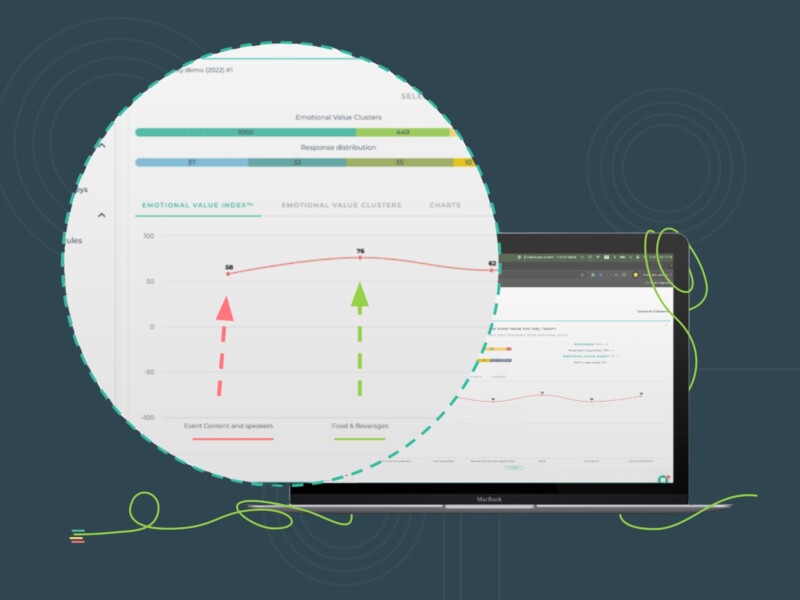Ever since customer experience became the defining factor of customer behavior, B2C companies started to invest heavily in improving it. They realized that customers are willing to pay for better, personalized, and convenient experiences.
But, it wasn’t the same case with B2Bs until recently. For a long time, B2Bs paid little to no attention to elevating customer experience because they didn’t consider it important. They primarily focused on differentiating the brand through their products and services.
But, the rapid growth in technology and increasing number of competitors have put pressure on B2Bs to look beyond. They have finally realized how important it is to elevate CX for better performance. Moreover, it doesn’t just benefit them. CX in B2Bs is vital for the betterment of B2Cs.
If you are in the B2B industry and still haven’t given a thought to it, now is the time to do it. Here’s how B2Bs around the world are improving CX!
Measuring and Improving CX throughout the Customer Journey
In order to deliver a mutually rewarding customer experience, you have to track and analyze all the phases of the customer journey, beginning from the first interaction to the last. For example, from the moment the wholesaler or retailer visits your website until sales or customer support.
B2B companies that take CX seriously focus on the entire customer journey and not just selected touchpoints. To gain a well-rounded idea, they collect feedback from multiple channels, such as the website, call center, on-site sales interactions, etc. Similar to B2Cs, B2Bs also approach from the customer’s perspective to identify pain points and fix them.
If you need a good customer journey mapping template, click here. And if you need a tool for analyzing your performance across the entire customer journey, click here.
Personalizing communication and relationships
If you want to retain your customers, you need to make them feel acknowledged and special. One of the ways in which B2Bs succeed in doing this is by providing customized offerings. For this, you need to identify what the customer demands the most. Moreover, personalized communication can also help you strengthen your relationship with customers. It also improves engagement on their part.
Gathering feedback, as we like to emphasize again, plays a crucial part. It helps you identify their purchasing patterns clearly. While one-to-one (person to person) interactions offer the best opportunity to offer personalized services, you can also automate the process. You can set up automated messages that will be sent to the customer based on their type of feedback or action. This way, it is possible to provide personalization throughout the journey and on all levels of communication. The key is to learn about your customers via data.
Engaging with customers via feedback surveys
It’s important to give due attention to customers who spare their valuable time to provide feedback. Without their opinions, responses, and comments, your business is like a ship that sails in the ocean without proper direction. First, you have to give customers an opportunity to provide feedback and respect it regardless of whether it’s positive or negative.
More importantly, acknowledge their responses and show that you care. A bigger part of CX is making customers feel heard. That doesn’t mean you send them a note of “thank you” and end it there. Taking action based on their feedback and resolving the issues they face is paramount. It shows that you have taken their feedback seriously.
Case study: learn how Banregio took their CX program to the next level




